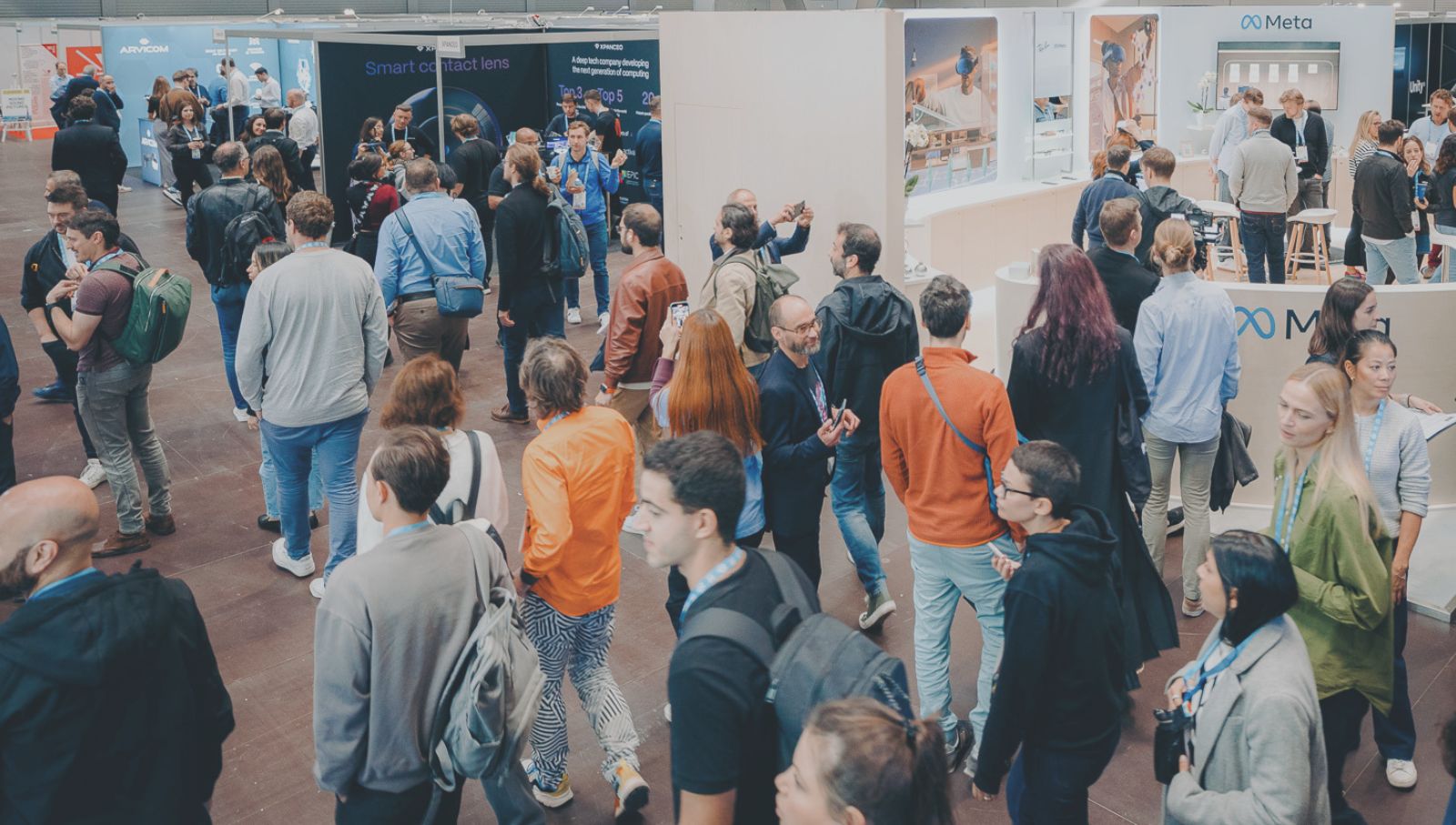Welcome back to AWE Talks, our series that revisits the most engaging content from AWE’s catalog of conference sessions. With an extensive library from AWE USA 2022, there's still plenty to dive into.
This week, we focus VR fitness. Can the technology elevate your workout by suspending reality? Can it help gyms and trainers scale their businesses by placeshifting themselves into thousands of homes?See the summarized takeaways below, along with the full session video. Stay tuned for more video highlights each week and check out the full library on awe.live and AWE’s YouTube Channel.
Speakers:
Ben Jones: Chief Product Officer at FitXR
Billy Davis: Real Estate Agent / FitXR Trainer at FitXR
– Among VR use cases, fitness has pulled ahead as an unexpected leader.
– Apps like Supernatural and FitXR have resonated with meaningful audiences.
– Benefits include suspending reality for immersive and gamified workouts.
– VR's sensory takeover can also stimulate flow states and mask pain & fatigue.
– Beyond users, it helps athletes train in safe/simulated environments, a la Strivr.
– It also expands fitness accessibility for those unable or intimidated to go to the gym.
– In that sense, VR fitness has a strong business case for trainers and gyms.
– They can reach users that exceed physical constraints like distance and class size.
– This placeshifting ability helps them scale their reach to thousands per day, says Davis.
– VR fitness is also well timed, considering comfort with all-things remote in the Covid era.
– Peleton likewise benefited from that trend (until recently), but it was still the same routine.
– VR fitness on the other hand completely transforms the dynamics of fitness routines.
– It's still held back by a limited VR headset base, but that could change over time.
– It could also expand to AR with overlays that model proper form (think: weight training).
– For all the above, trainers can focus on motivating and instructing... the tech does the rest.
– "I can take care of you the person, the device takes care of you the machine," says Davis.
For more color, check out the full session below, including an inspiring back story from Davis...
 Want more XR insights and multimedia? ARtillery Intelligence offers an indexed and searchable library of XR intelligence known as ARtillery Pro. See more here.
Want more XR insights and multimedia? ARtillery Intelligence offers an indexed and searchable library of XR intelligence known as ARtillery Pro. See more here.
Ben Jones: Chief Product Officer at FitXR
Billy Davis: Real Estate Agent / FitXR Trainer at FitXR
– Among VR use cases, fitness has pulled ahead as an unexpected leader.
– Apps like Supernatural and FitXR have resonated with meaningful audiences.
– Benefits include suspending reality for immersive and gamified workouts.
– VR's sensory takeover can also stimulate flow states and mask pain & fatigue.
– Beyond users, it helps athletes train in safe/simulated environments, a la Strivr.
– It also expands fitness accessibility for those unable or intimidated to go to the gym.
– In that sense, VR fitness has a strong business case for trainers and gyms.
– They can reach users that exceed physical constraints like distance and class size.
– This placeshifting ability helps them scale their reach to thousands per day, says Davis.
– VR fitness is also well timed, considering comfort with all-things remote in the Covid era.
– Peleton likewise benefited from that trend (until recently), but it was still the same routine.
– VR fitness on the other hand completely transforms the dynamics of fitness routines.
– It's still held back by a limited VR headset base, but that could change over time.
– It could also expand to AR with overlays that model proper form (think: weight training).
– For all the above, trainers can focus on motivating and instructing... the tech does the rest.
– "I can take care of you the person, the device takes care of you the machine," says Davis.
For more color, check out the full session below, including an inspiring back story from Davis...
 Want more XR insights and multimedia? ARtillery Intelligence offers an indexed and searchable library of XR intelligence known as ARtillery Pro. See more here.
Want more XR insights and multimedia? ARtillery Intelligence offers an indexed and searchable library of XR intelligence known as ARtillery Pro. See more here. 


